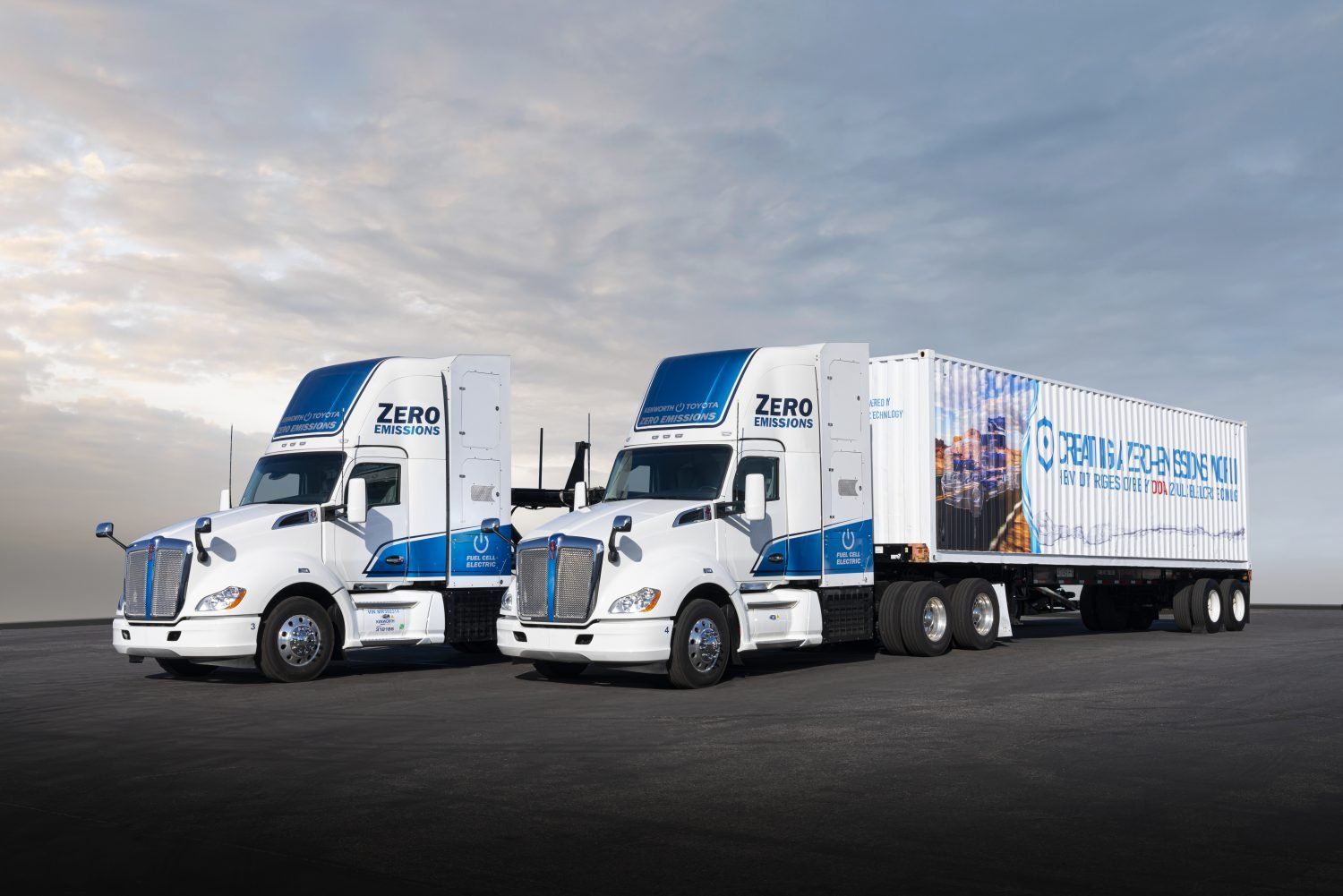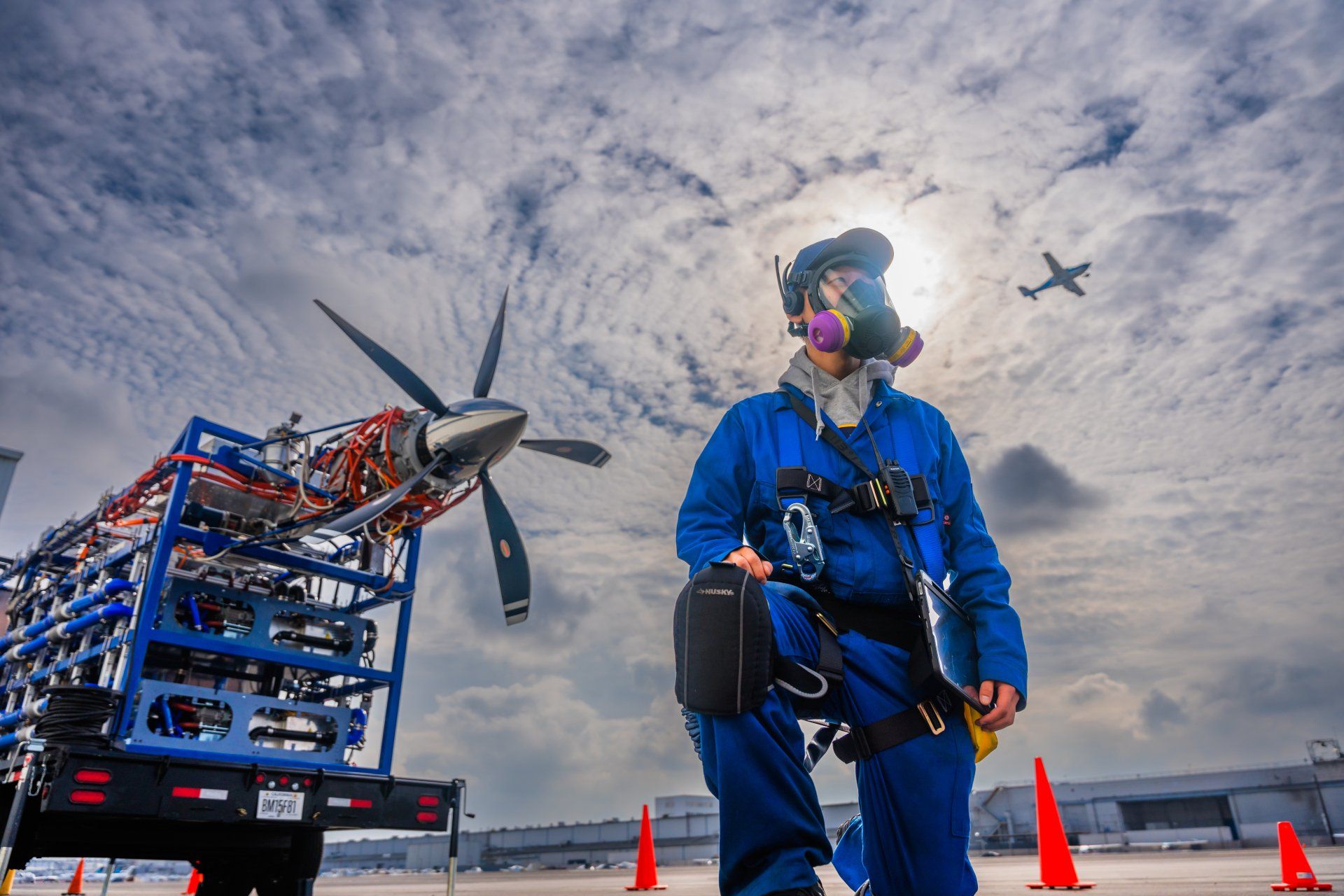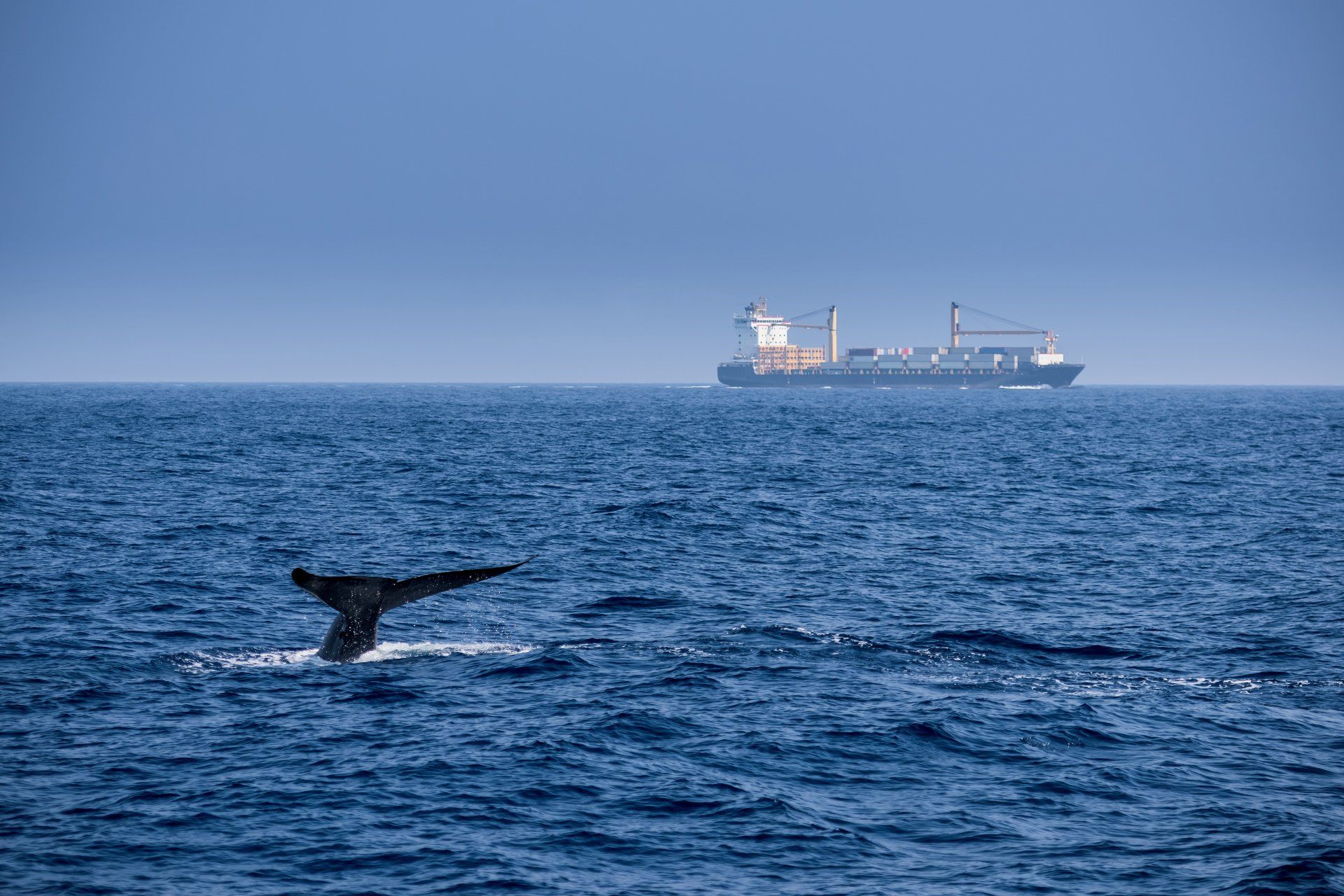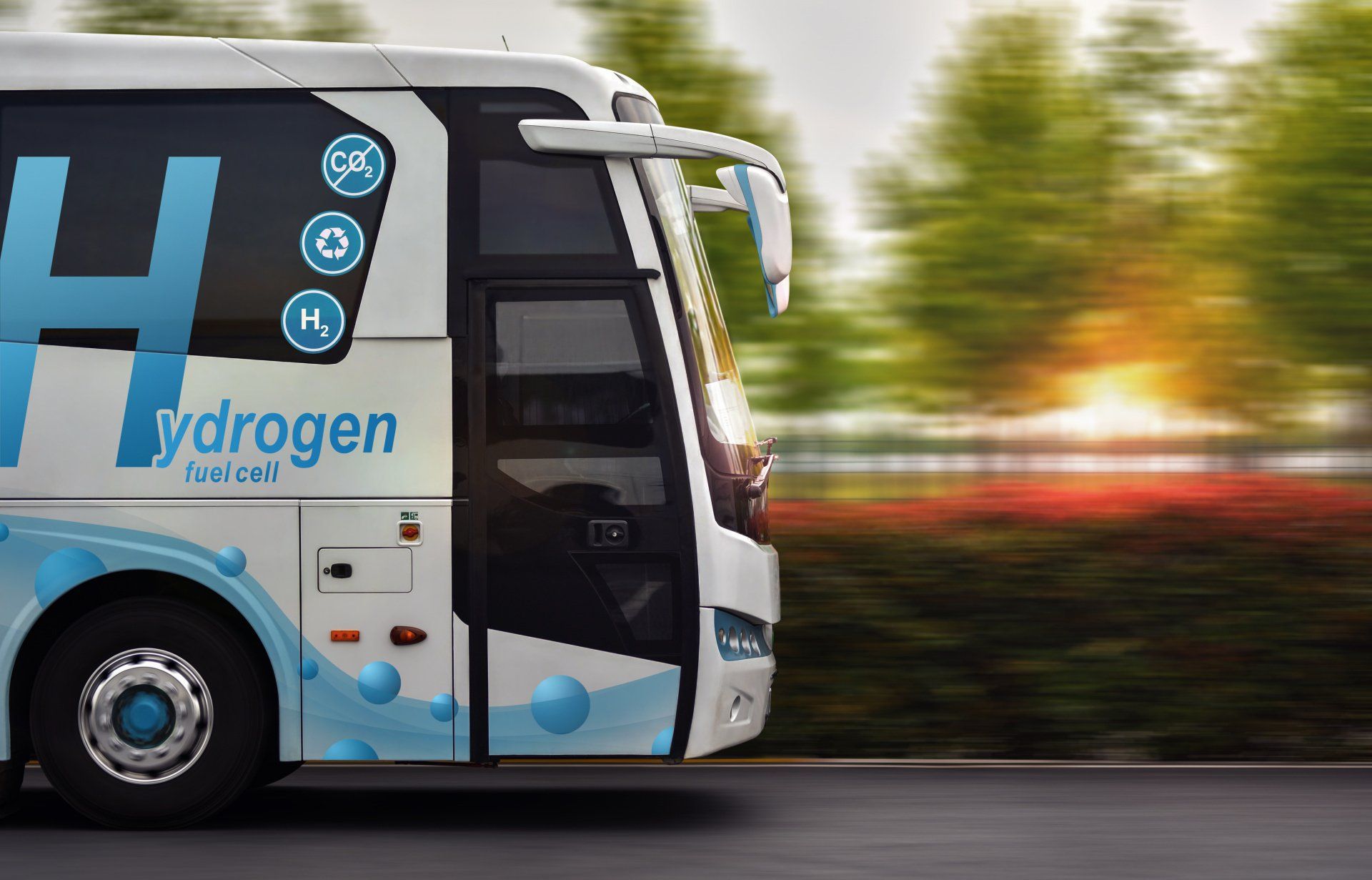REDUCE TRANSPORTATION EMISSIONS
Renewable H2 Goes The Distance

Green Hydrogen Is The Fuel Of The Future For Heavy Duty Transport
Whether it’s a package delivery to your home or a trip to your local grocery store, it was moved at some point by either a diesel truck that belches harmful substances into the air, cargo ship using highly polluting bunker fuel, or airplane that produces 663 pounds of carbon dioxide emissions from jet fuel on a single trip from Seattle to Miami.
Green H2 is the sensible and affordable way to keep commerce flowing on the roads, on the seas, and in the air while eliminating the exhaust that’s contributing to climate change.
Reduce Air Pollution From Roads
Communities living near busy roadways suffer disproportionately from asthma and lung cancers that are the direct result from breathing in diesel exhaust.
Converting those diesel trucks to green hydrogen is the sensible and affordable way to reduce our carbon footprints connected to the everyday items we buy because:
- Prices for green hydrogen are forecast to drop below diesel fuel prices as the industry scales up. (McKinsey & Co.)
- Hydrogen fuel cell trucks can be driven further distances on a tank of diesel equivalent
- H2 fueling stations can fuel a long-haul vehicle in the same amount of time it takes to fill a gasoline tank.
Washington is already ahead of the curve as Bellevue-based Paccar is delivering hydrogen trucks to companies wanting to reduce their carbon footprint.
H2 Makes The Oceans Blue
A single large container ship can emit cancer and asthma-causing pollutants equivalent to that of 50 million cars. The low-grade bunker fuel used today contains up to 2,000 times the amount of sulfur compared to diesel fuel in automobiles.
But containerships are among the most challenging sectors to decarbonize, and hydrogen in combination with biofuels offers the only scalable pathway to fully decarbonize these. (McKinsey & Co.)
In addition, hydrogen can serve as an emissions free replacement for Washington’s ferry system because they don’t require require expensive large batteries and associated charging and infrastructure required by electric ferries.




